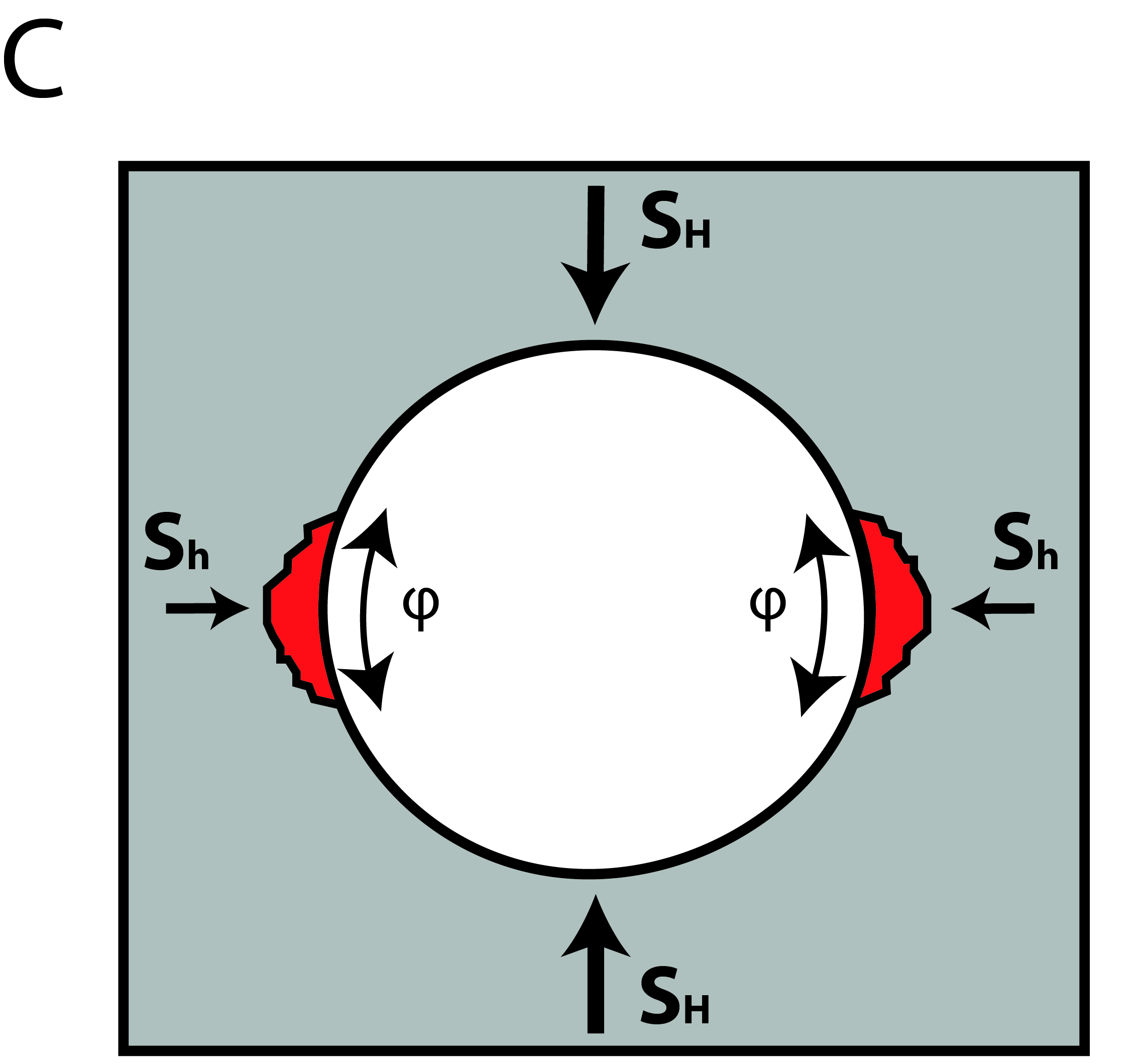Bachelor thesis – Rutger van Limborg
Stress in the subsurface
One of the greatest challenges the subsurface offers us, is that it is impossible to see through it with our own eyes. Fortunately, there are other ways to map the subsurface. These methods are an important part of the bachelor 'Applied Earth Sciences'.
Visualizing destructive forces
For my Bachelor thesis I focused specifically on visualising stresses in the subsurface, and the clues we can use to determine their magnitude and direction. These stresses in the subsurface can be seen as forces that build up in the subsurface, but have nowhere to go with possible damaged boreholes as result. Stress is a concept which is fundamental to rock mechanics principles and its applications. It combines concepts from rock mechanics, physics and geophysics.
The title of my Bachelor thesis is ‘On the Relation between Borehole Breakouts in Deviated Wells and the Far Field In-Situ Stresses’. The title is rather long. Fortunately, almost the entire subject can be explained by means of three pictures.
Large earthquakes, or the current problems in Groningen, show that stress (or tension) is present in the subsurface. These 3 stresses are shown in figure A. If we drill a hole in the subsurface and look down through the hole, we see that two stresses are acting at the borehole wall. This can be seen in figure B. If the stresses are really strong, they will cause the borehole wall to collapse at certain areas. These areas are called ‘borehole breakouts’ and can be seen in figure C. The width of the breakout is related to the magnitude of the stress, and the direction of the breakout is related to the direction of the stress.
Understanding the subsurface for technical applications
By looking at breakouts in a lot of boreholes in one area we can gather information on the stresses in the subsurface. This gives us the ability to better understand the behaviour of the subsurface, which is of major importance for the planning of subsurface activities such as the drilling of a new well (borehole) or the construction of foundations for new buildings.


